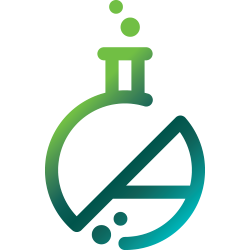Behavioralist Schlomo Benartzi defines a default as “what happens if you do nothing.“ If we’re too busy, distracted, or fatigued to make a choice or decision, the default wins the day. And because we’re often busy, distracted, or fatigued we want to be careful and intentional about which defaults are operating on our lives. In this episode, we’ll show you how to do that.
Takeaways
- Some default mechanisms are imposed on us by society, employers, software, etc. Others we create and implement for our own benefit.
- Like habits, default mechanisms can be very powerful–both in ways that serve us and ways that don’t.
- Because defaults are often somewhat invisible, we may not always notice them. But it’s important to be aware when a default is operating in our lives.
- Defaults represent the path of least resistance. But does that path (still) lead where we want to go?
Lab Experiment (download a copy)
Option 1:
Step 1: Identify a default mechanism that is currently in place in your life (whether it’s one that you designed or one that was put in place by someone else).
Step 2: Ask yourself: does this path of least resistance lead somewhere that I want to go?
Step 3: If not, how can you disable that default mechanism?
Option 2:
Step 1: Identify a goal or outcome you want to create. (For example, saving a certain percentage of your income, not reading emails during certain hours, eating more vegetables).
Step 2: Ask yourself: What default mechanism can I put in place to make that happen? (For example, setting up an automatic savings plan, changing the settings on your email client, or subscribing to a produce delivery).

One Reply to “Ep 39: What’s Your Default?”
Comments are closed.